Do You Know The Most Common Garden Plant Diseases? 5 Problems You Need To Avoid
Don’t let your precious crops and ornamentals fall victim to garden ailments! We show you how to identify and hopefully prevent 5 common garden plant diseases

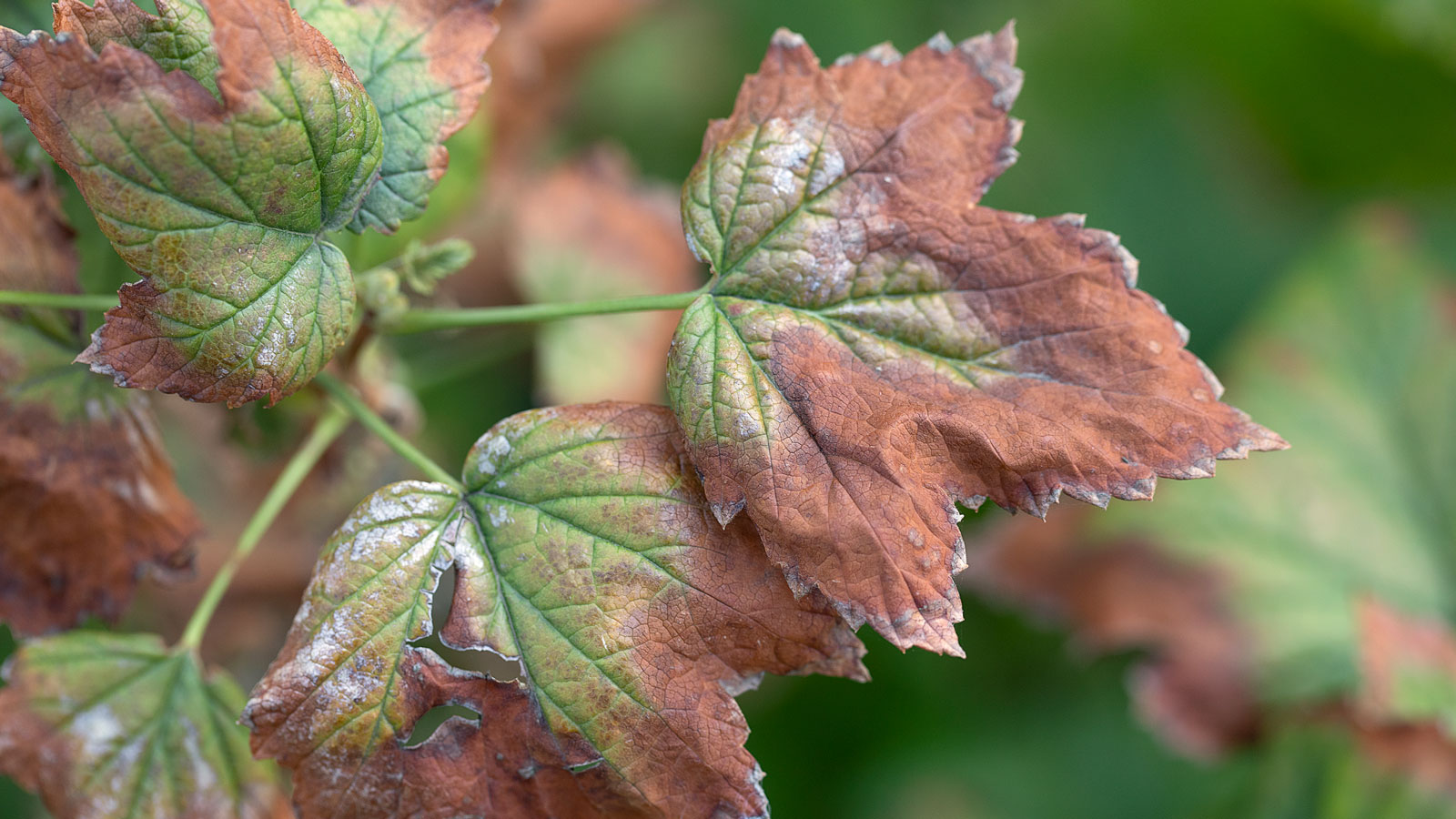
The mere mention of common garden plant diseases is enough to make even the most experienced gardener feel anxious. Online resources abound, but learning to properly identify problems can sometimes be tricky. After taking the signs and symptoms into account, worried gardeners may be convinced that their favorite plants have been infected with at least 10 plant diseases!
Indeed, one of the most common planting mistakes you can make is to incorrectly identify a plant problem. This holds true whether you are dealing with seedlings, tender plants, ornamentals, edibles, or mature trees. In this article, we’ll help to demystify the process of diagnosing diseased plants, by taking a look at some of the most common ornamental and vegetable garden diseases you’re most likely to encounter in the garden. Swot up on the common foes and you’ll increase your chances of maintaining healthy, happy plants.
Identifying Common Garden Plant Diseases
Plant disease identification can be challenging. This is especially true when many symptoms overlap or manifest in a similar fashion. Taking note of how each plant is affected is helpful in determining which of its parts may be most impacted by the disease. Sudden wilting, for example, is likely to indicate problems related to nutrient uptake or other plant processes.
Various types of leaf diseases are most visible across the plant’s foliage and are usually responsible for sudden changes in its overall appearance. Cultural conditions may also give clues as to which disease has infected plants. Key components to consider include soil moisture, nutrient and fertilizing levels, temperature, and even humidity. Below are the big common garden problems that can manifest when growing ornamentals, edibles, tenders, trees and shrubs.
1. Blight
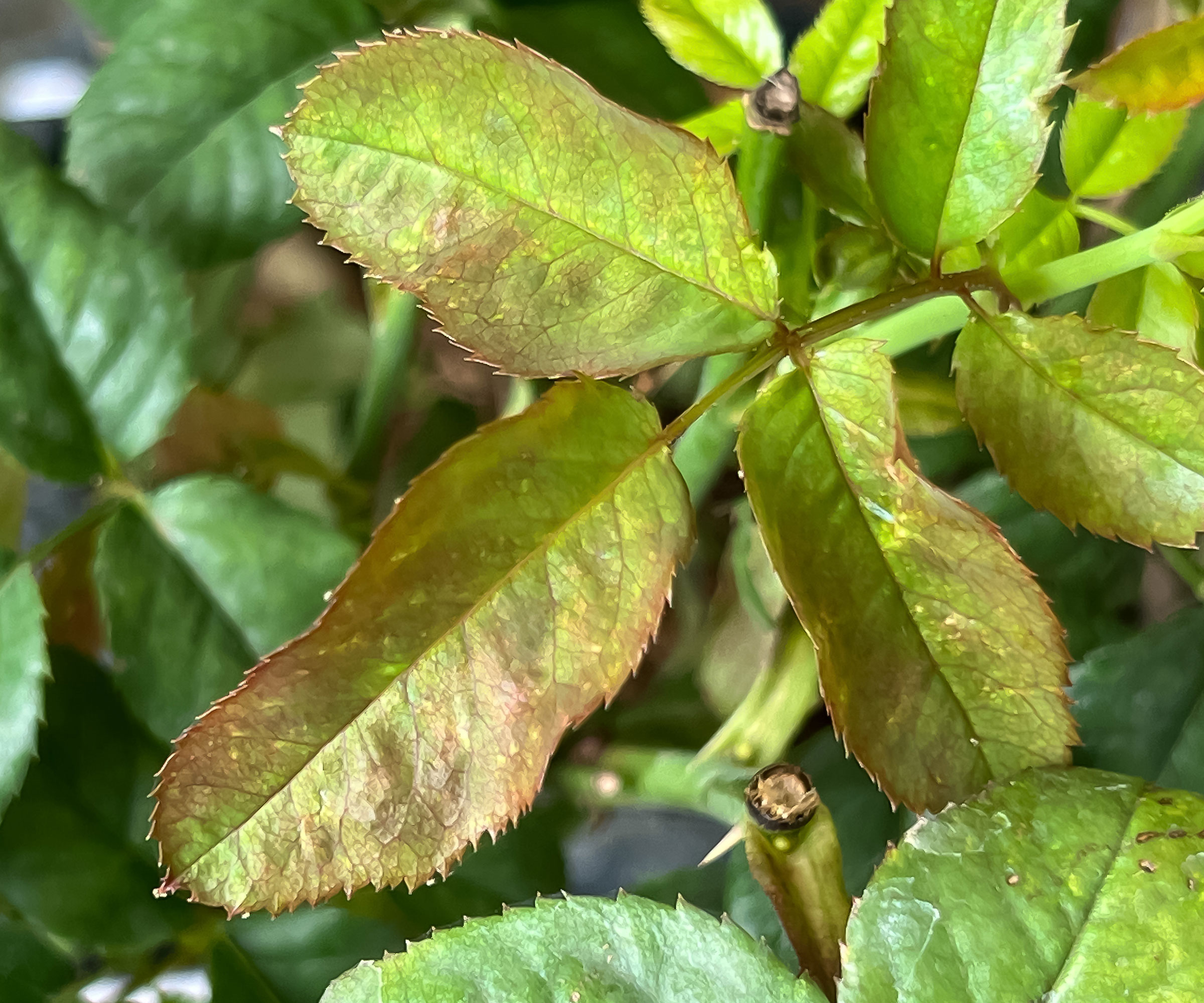
Often referred to as botrytis or gray mold, blight is among the most common vegetable garden diseases. The fungal infection, caused by Botrytis cinerea, can also be found in orchards and in ornamental flower beds. When blight is present, the foliage of infected plants begins to yellow quickly, then develops brown lesions. Flowers are also affected, resulting in the complete loss of buds.
The disease can be prevented through proper irrigation and garden sanitation techniques. Avoid common watering mistakes like leaf splash by watering from below to avoid wetting leaves, and removing any decaying plant matter from the garden. To help control blight infections and treat botrytis blight, we suggest pruning away all infected plant debris and disposing of it safely away from the garden.
- Telltale signs: Leaves of infected plants yellow quickly, followed by light green spots or brown lesions.
- Plants affected: Common veg plants like tomatoes, potatoes, peppers, eggplants.
2. Damping Off
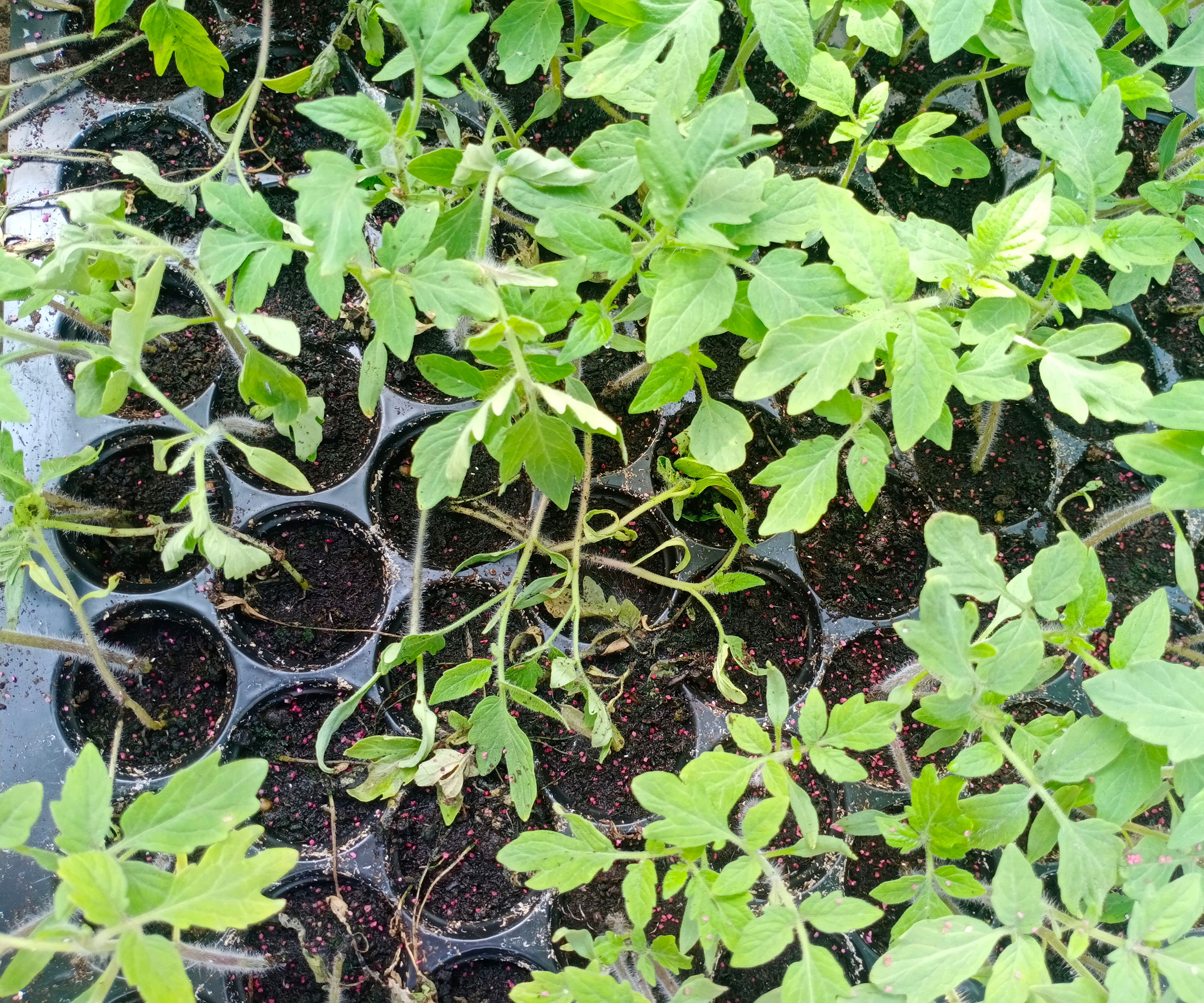
Damping off can be frustrating. Caused by Fusarium and Rhizoctonia fungal species, this disease most commonly affects seedlings that have been started indoors. After germination, each plant wilts suddenly, resulting in a total loss.
You can prevent damping off by carefully monitoring soil moisture and temperature, making certain to avoid oversaturation or excessively cool conditions. The problem can also be avoided by cleaning all seed-starting equipment before planting and using only sterile, soilless germination mixes.
Sign up for the Gardening Know How newsletter today and receive a free copy of our e-book "How to Grow Delicious Tomatoes".
- Telltale signs: Thinning of seedling stems, young leaves wilt and turn brown, growth may be stunted or may shrivel up.
- Plants affected: Any young plant or seedling that you are attempting to grow from seed.
3. Leaf Spot
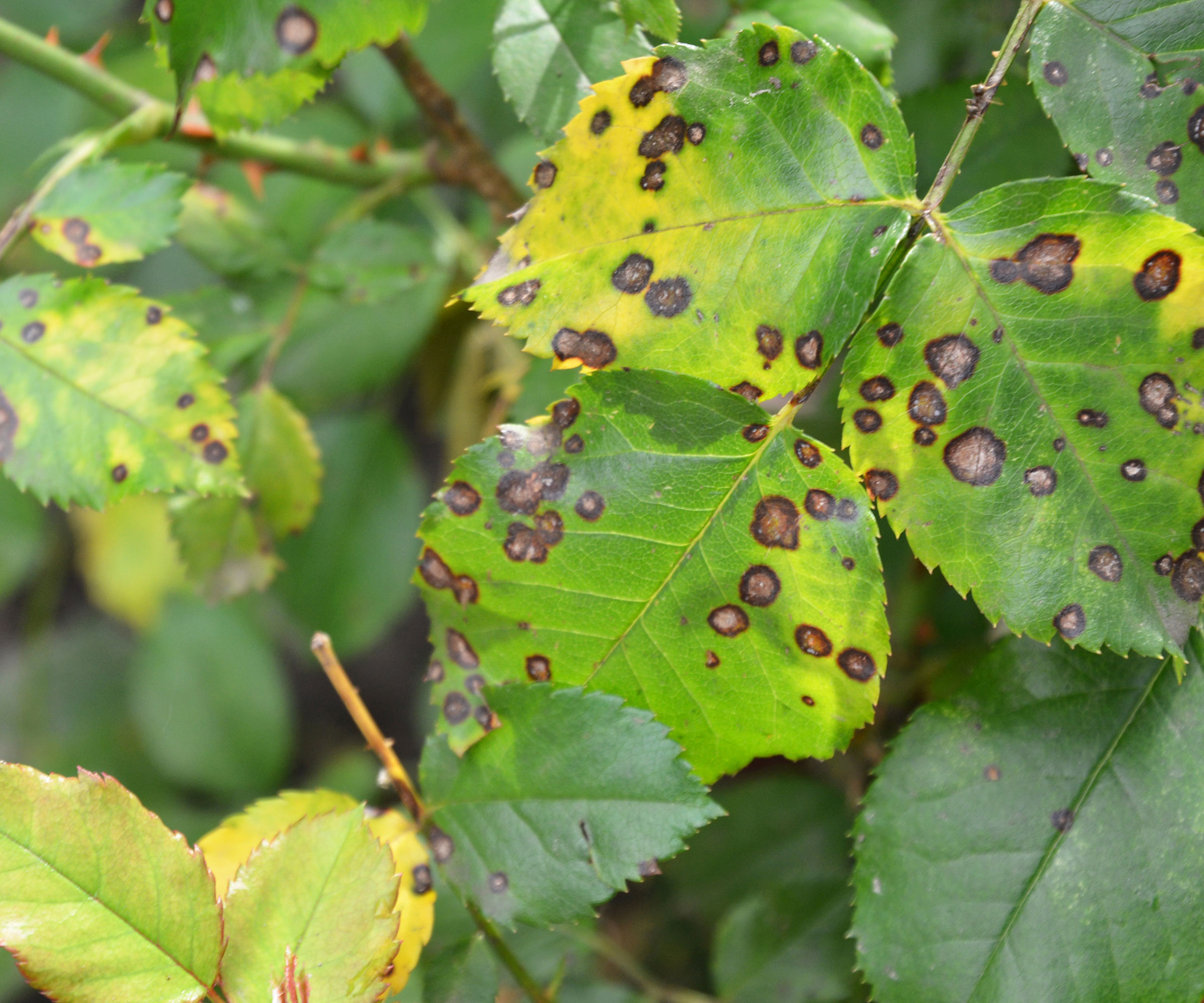
Leaf spot refers to one of many various types of leaf diseases (also known as foliar disease), caused by both bacterial and fungal pathogens. Most leaf spot diseases will not cause serious harm to established plants, but can greatly impact their overall appearance. Leaf spot generally begins when the plant’s leaves begin to yellow. Brown or rust-colored spots then develop, sometimes leading to the premature drop of leaves.
Leaf spot can usually be prevented by watering from below to avoid wetting the plant’s foliage. Good air circulation around plants is also helpful in preventing the spread of this disease. You may find it helps to reduce humidity indoors, especially if growing plants in confined spaces like greenhouses.
- Telltale signs: Leaves yellow, then brown or rust-colored spots of varying shape and size develop, sometimes leading to the premature drop of leaves.
- Plants affected: Firethorn, rhododendron, echinacea, delphinium, astilbe. Edibles include: brassicas, currants.
4. Powdery Mildew
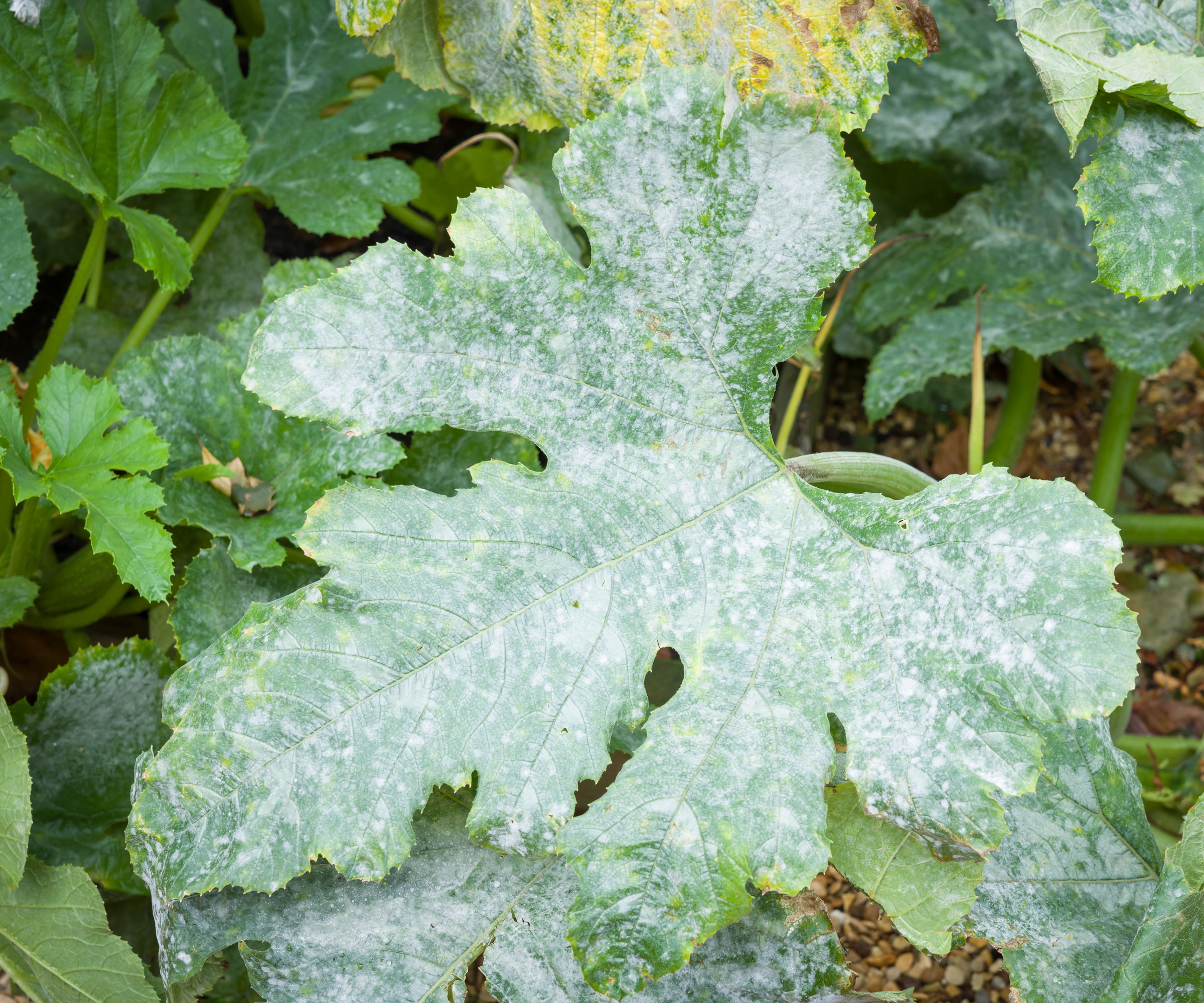
No discussion of common garden problems would be complete without mention of powdery mildew. This is one of the most common vegetable garden diseases. Spores that cause this infection, move through the garden via the wind and water. Powdery mildew most often occurs where nighttime temperatures are cool and humidity is relatively high. The disease spreads quickly resulting in a thin white coating atop leaves, stems, and even flowers.
Though it can greatly diminish the overall appearance of plants, most infections will not negatively impact their growth. There is no known cure for powdery mildew. However, its spread can be slowed by removing infected leaves and other plant parts from the garden, as well as through routine foliar treatments.
- Telltale signs: White powdery coating, dusting or film across the surface of plant leaves.
- Plants affected: Pear, plum, peach trees; lilacs, crape myrtles, wisteria and roses; edibles like cucumbers, melons, eggplants and pumpkins.
5. Wilt
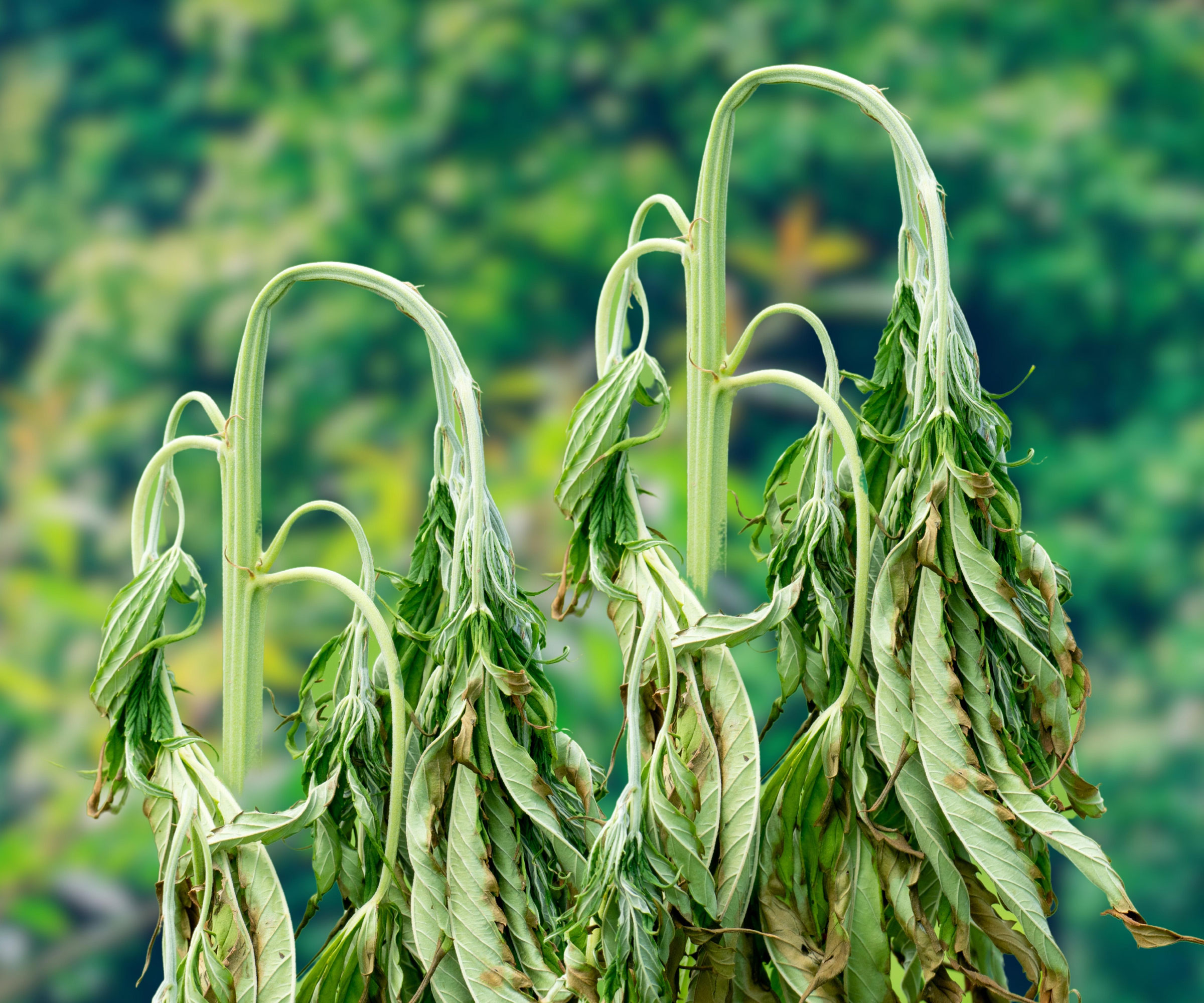
Wilt occurs for a variety of reasons. Should your plants show signs of wilt, you should consider growing conditions within the garden carefully. Both over- and underwatering can cause plants to begin to droop. Bacterial and fungal pathogens may also be a reason for the sudden wilt of plants.
These infections such as fusarium wilt disease interfere directly with the vital life processes of the plant, making them a serious concern. Experienced growers suggest removing infected matter immediately, making certain to dispose of it safely away from garden beds.
- Telltale signs: Drooping leaves and stems, leaf discoloration, brown tips to leaves, weakened or mushy stems.
- Plants affected: Many plant groups can be affected, but several key areas of concern are overwatering, underwatering, lack of light, becoming pot- or root-bound, cramped or crowded conditions, extreme weather conditions.
Frequently Asked Questions
What Are The Basic Signs Of Fungal Infection?
Fungal infections account for a large percentage of plant diseases. The best way to determine whether a disease is caused by a fungal infection is to examine its source. In the case of fungal diseases, fruiting bodies or the source of the spores can be easily located on the plant. If you suspect that your plant has a fungal infection and you have caught it early, you can try applying a homemade fungicide in the form of a foliar spray.

Tonya Barnett has been gardening for 13 years. Flowers are her passion. She has transformed her backyard into a cut flower garden, which she regularly chronicles on her YouTube channel http://www.youtube.com/@tonyawiththeflowers.